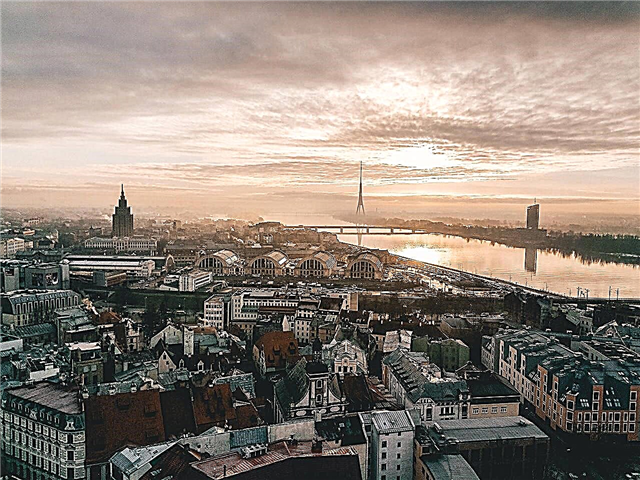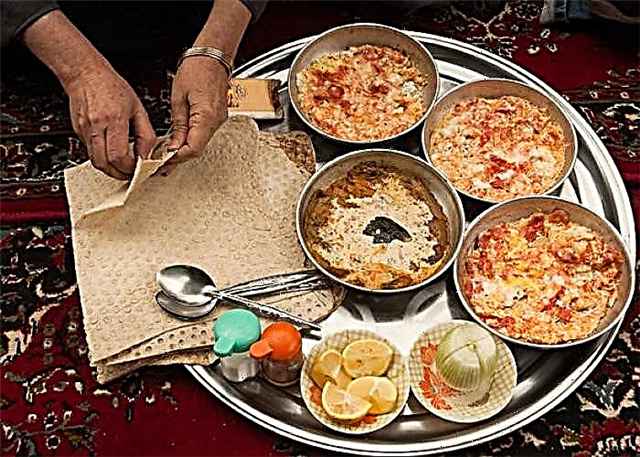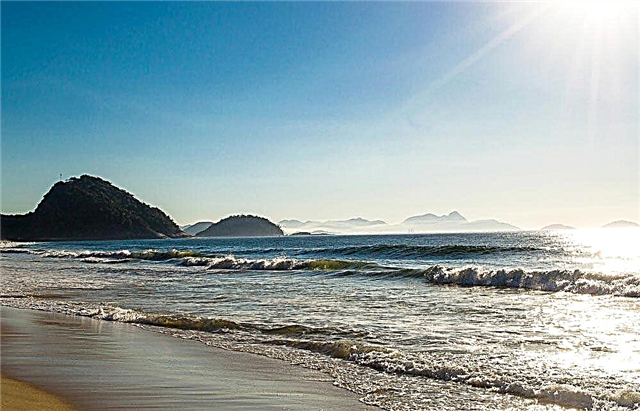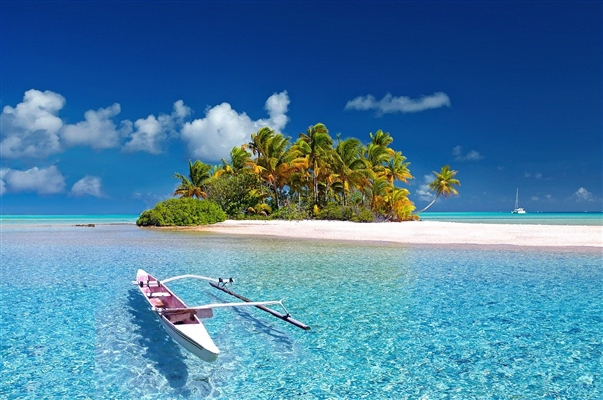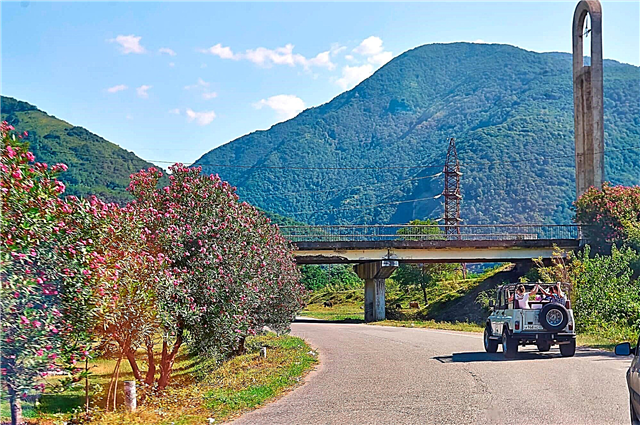Estonia attracts tourists with its architecture, ancient palaces and castles. Some castles have retained their original appearance, others have been reconstructed and became museums, and there are some of which, unfortunately, only ruins remain. There were 2 main types of fortresses: Order and Episcopal.
Visitors mainly go to Tallinn. The old town is the main powerful fortress, which is the best preserved to the present day. The unique nature includes forests, numerous islands, lakes, low hills, which together with the castles will make an unforgettable impression.
The most interesting castles and fortresses in Estonia
List, photos with names and descriptions of medieval castles!
Toompeya
The area of the castle is more than 9 thousand square meters, it is located at a height of 50 meters. above sea level. Consists of 4 observation towers - Reflect the enemy, Long Herman, Arrow Grinder, Crown of the Earth and fortress walls. The names were obtained because of the rulers who changed each other frequently and constantly completed the building of the castle. It was erected in the XIII-XIV centuries, since then it has been an impregnable fortress for enemies. Now the Parliament of Estonia is located here.
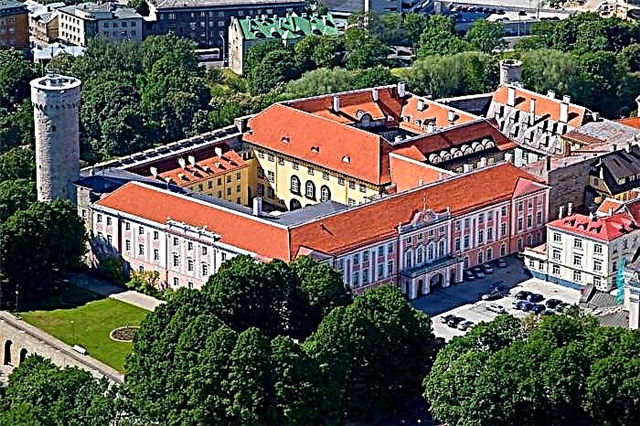
Kuressaare
The Bishopric Castle, approximately formed in 1222, had an observation tower in the middle, now called Long Hermann. The square structure 42 by 42.5 meters includes watchtowers 40 meters high, huge bastions. The wall around the fortress was built in the 1430s. Earthen fortifications were built in the 16th century, at the corners of which there are bastions. Today it houses a museum and gallery.
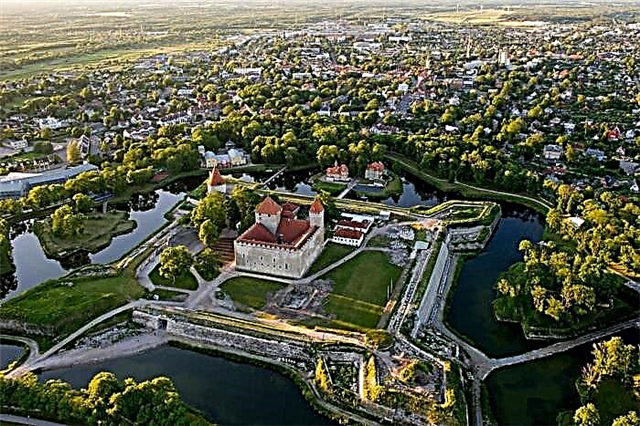
Narvsky
Or Herman's Castle - an ancient castle in Narva, appeared in the 13th century. The main tower is Long Herman, 50 meters high, around which the wings are located. In the middle of the fortress there is a courtyard, the walls are strengthened by small towers. During the reign of the Livonian Order, the castle consisted of 4 buildings forming a square, with a courtyard in the center. Later it was fortified with massive bastions and an armory tower. Now it is a historical museum.

Rakvere
It was built on the Vallimägi hill in the 13th century, like the previous castles - by the Danes. At first, stone buildings were built, in the XIV century a stone wall was erected, its thickness sometimes reaching 2 meters. The western side was 7 meters high, which increased over time. They finished building the castle until the 16th century - they founded a convention and corner towers. In 1602 - 1605, the castle was almost destroyed, it ceased to be a defensive structure.
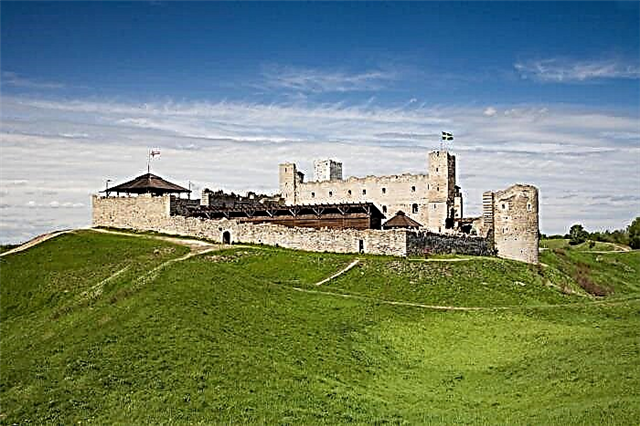
Sangaste
Or Sagnetz - a neo-Gothic fortress formed in the 1520s, as a bishop's residence. Located in Valga County. Since the 1870s, its modern look has been formed (architect Gippius): around the red brick house there is a park, 5 ponds. In the park grows "Peter's oak" 28 meters high, which, as the legend says, was planted by Peter I. The former estate of the Counts of Berg - Sangaste.
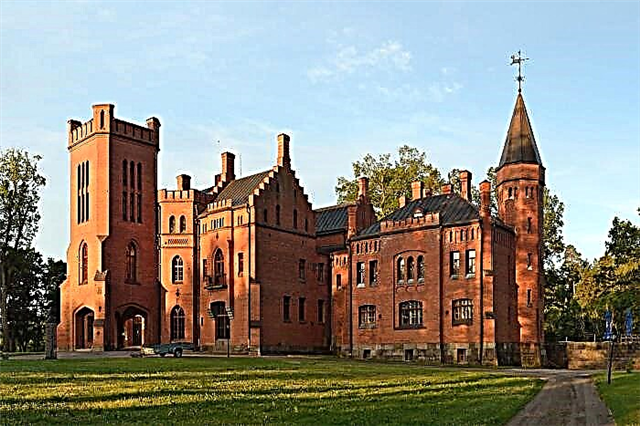
Lode (Koluvere Castle)
It was named after the governor of the Ezel bishopric I. von Lode. It was built in the XIII century. In the XIV century there was a nunnery, in the same century the castle passed to Bishop R. von Buxgewden. Under him, a courtyard appeared, the structure began to have a rectangular appearance. 4 towers have survived to this day. The fortress was often attacked, changed its purpose, but was almost completely preserved.
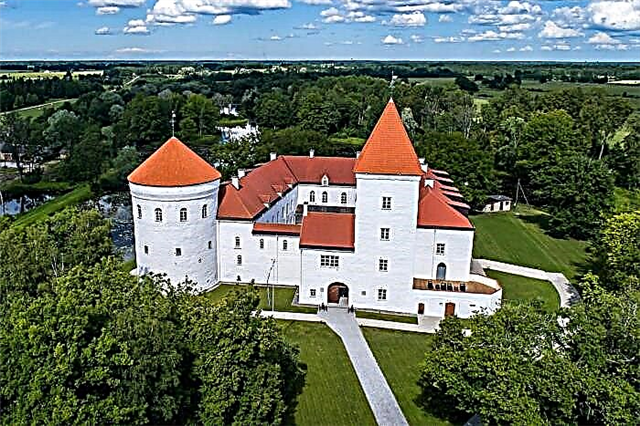
Haapsalu
The Episcopal Castle, its area is 30 thousand square meters and more, the height is 10 meters or more, the thickness of the walls is up to 1.8 meters. On the western side there is a tower of 29 meters high from the 13th century. Later, the walls reached a height of 15 meters. In the 17th century, it was not used as a defensive structure by the Swedes who ruled at that time. In 1710 the Northern War was almost destroyed.
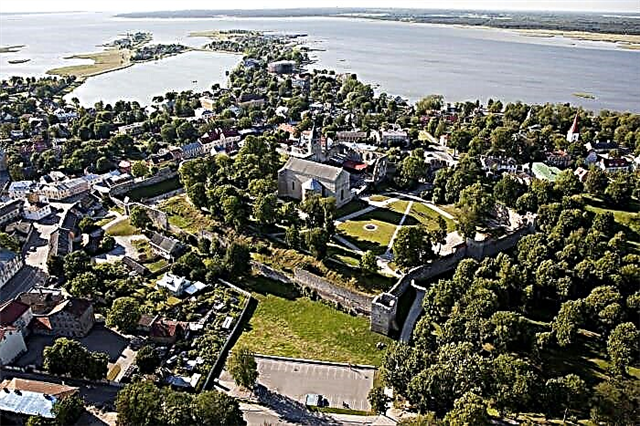
Alatskivi
Founded at the end of the 16th century, the first mention of it - at the beginning of the 17th century. Built on the shores of Lake Alatskivi. 41 small buildings: stables, laundry, barns, kitchen and others surrounded the castle. A park of 130 hectares is located around the castle. The owners, like most fortresses, changed frequently. In 2005 - 2011 the original appearance of the attraction was recreated.

Purtse
The fortress castle was built in the Gothic and Renaissance style. It was founded under J. Tauba in 1533 as Jozenhof. White walls 1.5 meters thick, loophole windows, thick bolts, served to protect the house. Used in different ways: housing, protection, prison, grain storage. Later, a courtyard appeared on the eastern part, along the perimeter of the rooms - about 400 m². Many times in history the fortress was set on fire, the restoration was completed at the end of the 20th century by R. Pihlak.

Ungru
It was built in 1523. In the 1620s. - 1919, the manor belonged to the Ungerns-Shtenberg family. The castle on Haapsalu was built in the neo-baroque style, but was not completed later and is now in ruins. In 1893-99 E. Ungern-Stenberg founded the castle, which had 11 baroque gables. In the middle of the castle there was a stone tower with one balcony. In 1899, its construction stopped, and the building gradually fell into decay.

Taagepera
The manor (manor), but rather large dimensions and a tower 40 meters high make it possible to refer it to the castle. It was first mentioned in the 16th century. At one time the castle was owned by the Rebinders. After that, the owners changed many times. Only the main tower and 2 turrets on the edges survived, there is a lake and a park of 20 hectares nearby. It is now a hotel with a restaurant.

Toolse
Located in Viruska, built around 1471. It was a 3-storey building, at the end of the 15th - 16th centuries, small courtyards were added, forming an area of 55 meters in length. The last landmark that belonged to the Livonian Order in Estonia. In the Northern War, the castle was destroyed, only the walls remained, which were strengthened with stretch marks in the 20th century.
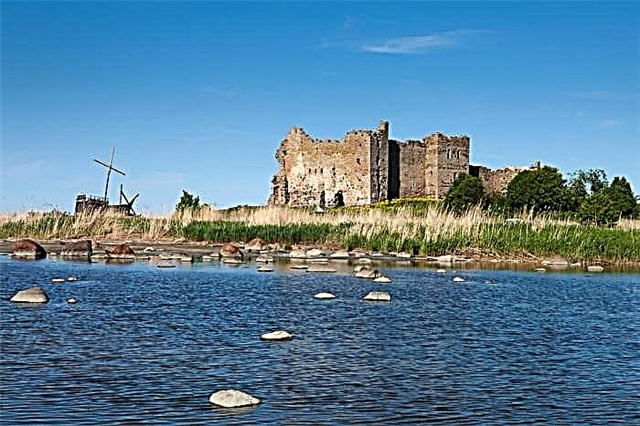
Paide
It was founded in 1266 by K. Mandern. The former name is Weissenstein, which means white stone. Paide comes from "pae", translated from Estonian - limestone, the material from which the castle was made. First, the main tower was erected: Long Hermann, but there were already many towers with this name, so they renamed it Vallitorni. Later, the walls were built, 2 smaller towers. Today it houses a museum.
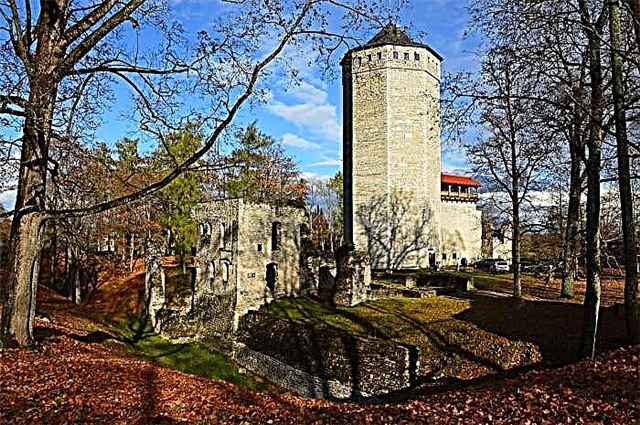
Maaryamagi
Never been a defensive structure. A rich villa, the estate of Count A. Orlov-Davydov, is located near Tallinn. In 1874, a stone manor house in the Gothic style of the medieval type was built: a lancet facade, a carved door. Then there were walls, surrounded by a park. A stone lion was at the entrance, a fountain was working. The count named his residence in honor of his wife Maria Yegorovna and daughter.
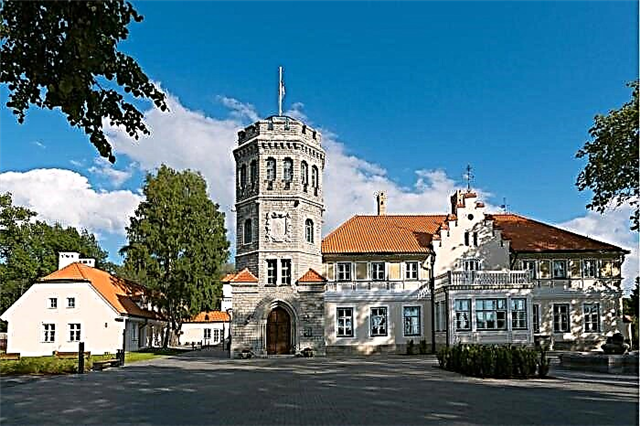
Karksi
Castle of the Livonian Order, appeared in the XIII century. Now there are ruins near the town of Karksi-Nuia. Forburg is separated from the main building by a canal through which a bridge was drawn. The ascents to the castle were difficult. Karksi was surrounded by a stone bypass wall. In the northeast there are 3 towers, of which the central one is near the gate. The eastern tower was farther away, the North tower was intended for the defense of the defenders.

Neuhausen
It was erected in 1342. The ruins of the castle are located near Vastseliina on the banks of the Jamaoja River. The fortress was often attacked by the Russians and in 1558 it was besieged, until 1582 it belonged to them. In the 16th century, a fortified settlement was built next to the castle. The last records of the fortress date back to 1690. In the 18th century, when the Russians occupied it again, there was no fortress. Now there is a museum here.
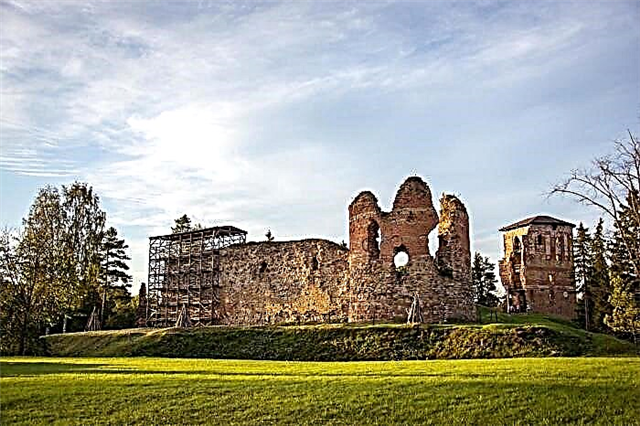
Glen Castle
Located in Tallinn on the Mustamägi slope. Received the same name in honor of the landowner who built it. N. Glen created the project of the castle, which was built in 1886. It is surrounded by a beautiful park, an observatory, a palm house, sculptures: Kalevipoeg, Crocodile. After the emigration of the landowner in 1918, the castle fell into disrepair. It was restored by 1977. Now it is a technical university.

Pyltsamaa
It was built on the banks of the river in 1272. In 1570 - 1578. served as the residence of King Magnus. In the 18th century I.Lauw turned it into a magnificent rococo palace. In 1941, the building and the church that appeared on the site of the tower burned down. In 1952 the church was reconstructed. The height of the walls was initially about 3 meters, later it grew to 5 meters. The red spire on the structure can be seen immediately. Now there are museums, a restaurant, a wine cellar, workshops.
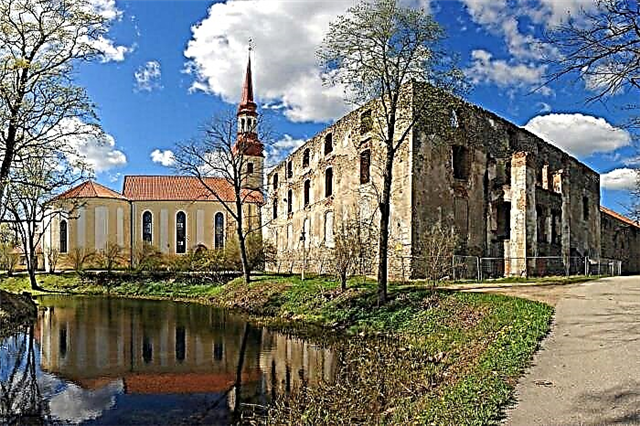
Vasalemma
The beautiful castle, preserved to this day in its original form, was founded in 1890-1893. Materials - dolomite, Vasalemma marble. Tower with stepped gables and arched windows. The estate was ruled by various noble families. The school has been operating here since 1919. The manor is open on some days to anyone who wants to see the castle from the inside.
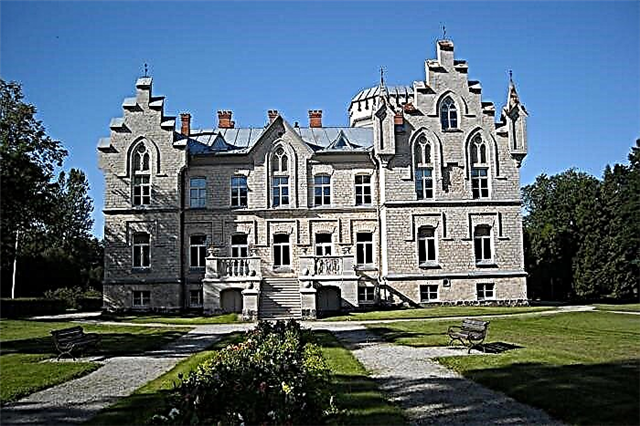
Vao
It was founded approximately in the second half of the XIV century. The tower is rectangular in limestone. The castle is located in a park, a river runs nearby. The vaulted cellar and the tower form 4 floors. 1st - ammunition depot, 2nd - for receptions, 3rd was reserved for living quarters, 4th was intended for defense, defense of the castle. The basement also contained a toilet, a fireplace, a chapel, and a bath room.
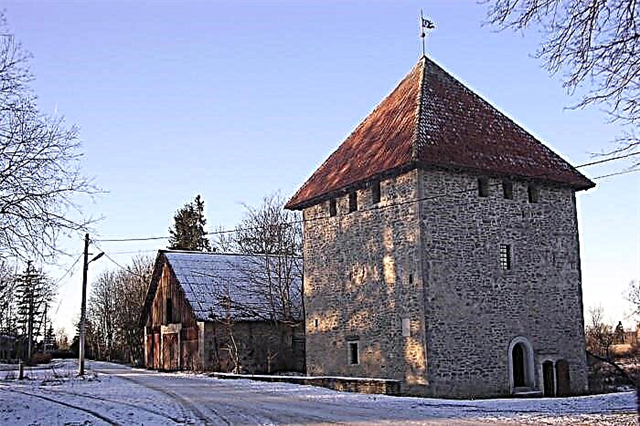
Lais
The castle is located in the suburb of Jõgeva. It was erected in the XIV century by the Livonian Order. The historical part is a brick and granite fortress. The first records about her are in 1406. The fortified house was reinforced with a church. In the 15th century, the thickness of the walls and the size of the buildings were increased, and new gates were erected. The south-east, north-west, north-east towers appeared. Later, the lengthening of the walls in height and width was continued.
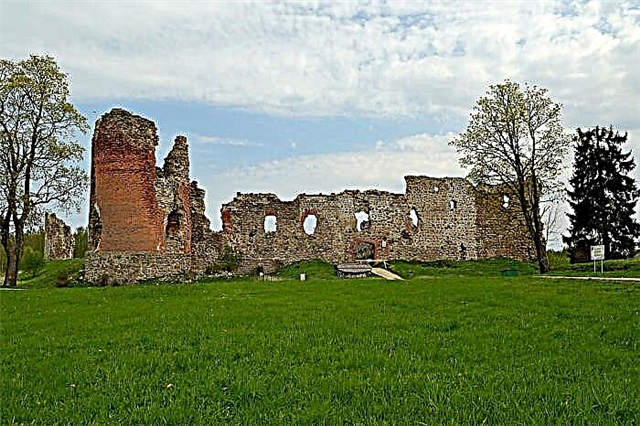
Leal
Or Lihula - the castle of the Ezel bishopric. All that remains of it is located in the Republic of Estonia in the city of Lihula. The building appeared in the XIII century, namely in 1238-42 on the place where the Estonians used to live. It was founded by Bishop Henry and the Livonian Order, recently created by that time. Refers to the most ancient type of buildings. It was surrounded by a semicircular ditch. A high stone wall was erected around the castle. Its territory was divided into two halves - order and episcopal.

Sonneburg
Or Maasilinna is located in the village of Maasi. It was built in 1345 by the Master of the Livonian Order B. Dreyleben. At first it was a wooden house, to which in 1518 the antechamber fortifications were added. By the middle of the 16th century, towers with artillery equipment were built in the castle, which prevented the enemies from making attacks from the sea. In 1575, the fortress was blown up; the ruins are of interest to many tourists.
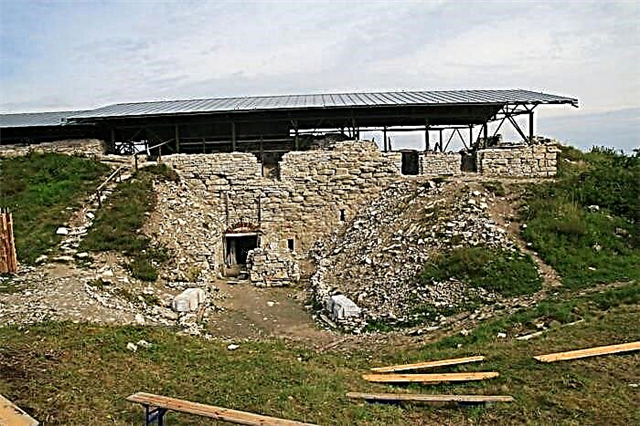
Lightse
Knightly medieval castle. The Austsee barons ruled there for several centuries. As it is now, it was founded by W. von Juckskull in 1892 in the neo-Gothic style. The Republic of Estonia rebuilt it and almost nothing remained of its original appearance. Since 1996 he has been privately owned by S. Muldia, where he lives. The rest has been converted into guest rooms and a restaurant. In July 2013, the castle chapel was reopened after reconstruction.
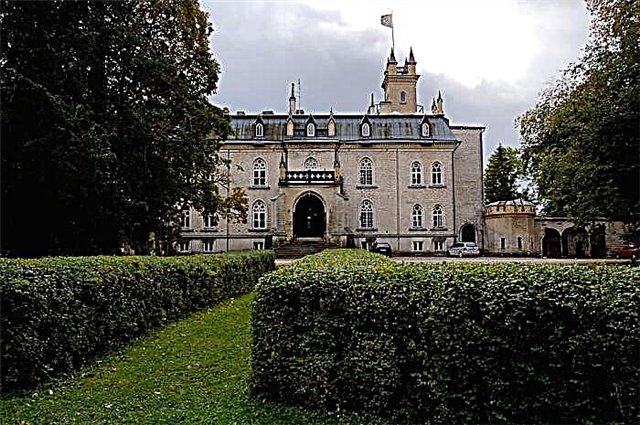
Viljandi (Fellin)
By now, only ruins and fragments have remained from the castle. Falamus is the first name of the settlement, the records of which first appeared in 1154. It was founded in 1224. He was considered one of the strongest, belonged to the Teutonic Order. The Polish-Swedish war of the 17th century led to the destruction of the castle. The powerful wall still makes an impression, the underground floor, the gate, partly the wall of the forburg - almost everything that has survived.


